The new Range Rover Velar P400e Dynamic HSE, or P400e for short, is the first Velar offered with a plug-in hybrid powertrain. In theory, this should make it a solid contender for those wanting a luxury SUV that produces a smaller and greener footprint.
It’s not as big as its Range Rover siblings, so if you’re after a sleeker Rangie that can do some 'mild' adventuring on the weekends while still looking flash during the week, this may be the one you’re looking for.
-
Land Rover Australian sales through the roof: Defender, Discovery and Range Rover Evoque star in spectacular year-on-year increases that leave competitors like Jeep, Mercedes-Benz and Audi in the shade
-
2025 Range Rover electric car comes to grip with icy conditions as it gears up to take on Mercedes-Benz G-Class EV
-
England's pricey answer to the Suzuki Jimny? Baby electric version of Land Rover Defender coming by 2027 - report
It faces competition from the BMW X5, Volvo XC90 and… at a stretch, the Porsche Cayenne. I’ve spent a week with the mid-level P400e Velar to see how it stacks up for everyday use.
Land Rover Range Rover Velar 2024: Phev Dynamic Hse (297Kw)
| Engine Type | Bi Turbo 4, 2.0L |
|---|---|
| Fuel Type | Premium Unleaded/Electric |
| Fuel Efficiency | 2.2L/100km (combined) |
| Seating | 5 |
| Price From | $133,100 - $153,010 |
Price and features – Does it represent good value for the price? What features does it come with?
6 / 10
The Velar is offered in three variants with a choice of four powertrains spread between them. The model I'm testing is the plug-in hybrid mid-level HSE Dynamic in P400e form, which sits right behind the flagship Autobiography.
The P400e is priced from $143,508, before on-road costs, and sits close to the middle of the pack compared to its rivals.
The Volvo XC90 Recharge Ultimate PHEV comes in as the most affordable at $128,990 MSRP, then the BMW X5 xDrive50e M Sport PHEV at $149,900 MSRP.
Even with our model's optioned extras, the Porsche Cayenne S E-Hybrid PHEV sits a country-mile above them all at $178,300 MSRP (thus it's a 'stretch').

Our test model has a few optioned extras, including a 'Dynamic Handling Pack' for $1750, a black contrast roof ($1420), ash veneer trim ($930), rear privacy glass ($890), 21-inch diamond turned alloys ($780), non-leather premium steering wheel ($750), black synthetic leather upholstery ($700), cabin lighting ($540), rear seat remote levers ($300) and 'Terrain Response' ($430).
That all equates to an extra $8490 and brings the total before on-roads costs price tag to $151,565.
Standard technology features that are included are an 11.4-inch touchscreen multimedia system, 12.3-inch digital instrument cluster, built-in satellite navigation, wireless connectivity for Apple CarPlay, wired Android Auto, Amazon Alexa app, dual-zone climate control, a wireless charging pad, five USB-C ports, one USB-A port, two 12-volt sockets and a Meridian sound system with digital radio.

Other features include pixel LED headlights, panoramic sunroof, keyless-entry, push-button start, rear fog lights, powered front seats, run-flat tyres, a powered boot lid and a tyre pressure monitoring system.
Annoyingly, a lot of luxury features have to be added at additional cost and given the price tag it's odd there are no heat or ventilation functions for the seats, no heat function for the steering wheel, no climate control for the rear or even a head-up display.
So, it feels a bit bare on features once you start to compare the Velar to some of its rivals, like the well-specified and more affordable Volvo.
Design – Is there anything interesting about its design?
7 / 10
Land Rover hasn’t updated the exterior looks of the Velar and for good reason. It is almost flawless in how sleek and sexy it looks. It hovers between its larger Ranger Rover siblings and the more nimble-looking Discovery Sport.
There is still a distinctly ‘Range Rover’ vibe but it looks more agile and fun than its bigger siblings. But while its external looks are beautiful, the cabin loses me.
It’s even more pared back now than the pre-facelifted model and while the minimalistic style will appeal to some it doesn’t tick the luxury factor box for me.
There are too many plain and empty spaces in the dashboard and doors. The multimedia system has been updated to the cool 11.4-inch floating-effect screen but all the buttons and dials are gone. So, there’s even less going on and it makes you 100 per cent reliant on the screen.
And funnily enough, the grey knit fabric and synthetic material that’s used in the upholstery and trims is an optional extra and replaces Windsor leather. The knit-fabric adds some warmth but the black synthetic stuff is awful to touch or clean and reminds me too much of neoprene-style wetsuit material.
The large panoramic sunroof keeps the cabin feeling bright and cheery when it's open, though.
Practicality – How practical is its space and tech inside?
8 / 10
Practicality on a whole is pretty good in the Velar and that comes down mostly to the space provided for each occupant and the high-end tech.
Up front, there is a lot of head- and legroom for my 168cm height and even when you have a co-pilot you’re not jockeying for elbow room.
The seats are very comfortable as they’re well-cushioned and feature excellent lumbar support. I miss a seat heat function on colder days but you can easily do a long trip in the Velar and not feel too fatigued.
The 214mm ground clearance has made it an easy SUV to get in and out of, for me and my seven-year old. Annoyingly, though, some of the doors don't close properly unless you slam them.
The individual storage is a bit less than you might expect as there's not a lot of centre console storage for little items but you still get a small glove box and middle console, two cupholders, two drink bottle holders and a phone cubby up front.
The back seat offers enough space for me to be comfortable but I did have a comment from my dad, who is 183cm, that it was a smidge squishy for him.
The seats are comfortable and amenities are good with two USB-C ports, a 12-volt socket, directional air vents, map pockets and a fold-down armrest with two cupholders. There are storage bins but they're very shallow.

Because of the sleek rear shaping, the boot space is smaller than most of its rivals at 625L when all seats are in use. It’s large enough for my gear and you should still be able to stack luggage easily for a road trip.
The technology on offer is pretty darn good. The multimedia system takes a while to get used to but once you do, it's an easy enough system to get around but not having any buttons/dials means you tend to look at it more than I like while on the go.
Unlike the Disco Sport I was just in, which features the same system, there have been no issues with connectivity with my iPhone with the Bluetooth or wireless Apple CarPlay. There’s also Android Auto and the built-in satellite navigation is top-notch.
I've already mentioned the rear charging options but up front you're spoiled for choice with a USB-A port, three USB-C ports and a wireless charging pad.
Under the bonnet – What are the key stats for its engine and transmission?
9 / 10
The Range Rover Velar P400e's plug-in hybrid powertrain combines a 2.0-litre four-cylinder turbo-petrol engine with an electric motor to deliver 297kW of power and 640Nm of torque.

The Velar features an eight-speed auto transmission and is an AWD. With that optioned Terrain Response feature, it can do some mild off-road adventuring or tackle a trip to the ski-fields with relative ease.
Efficiency – What is its fuel consumption? What is its driving range?
8 / 10
The official combined fuel-cycle consumption figure is 2.2L/100km and my real-world usage came out at 6.0L/100km after doing mostly open-road trips with some urban stuff thrown in.
I have charged it to full twice with a few (small) charging moments scattered in between as that’s been realistic for life this week.
Claimed pure electric driving range is 69km but expect closer to 50km in the real-world.
Based on my real-world consumption and the 69L fuel tank, expect a theoretical driving range of 1150km.
The only draw back with a PHEV is the charging element as you get the best economy if you charge it to full every time you drive, and that's not always realistic!
The P400e has a Type 2 CCS charging port, so you can hook it up to a fast charger. On a 50kW system you can go from 0-80 per cent in 30 minutes and on a 7.0kW system, you can go from 0-100 per cent in two-hours and 12-minutes.
On a standard domestic socket, expect to leave on overnight for a 0-100 per cent fill.
Land Rover recommends a minimum 95 RON premium unleaded petrol for the Velar.
Driving – What's it like to drive?
8 / 10
The P400e has a deep well of power to dip into and fantastic pick up when you need to overtake or get up to speed.
Like other plug-in hybrids I’ve sampled from Land Rover there's a little lag sometimes when you accelerate from a full stop but it’s not as pronounced in this model as others.
The back brakes seem to hold a couple seconds longer than they should and if you accelerate as you would in any other car, there is a ker-clunk sound and you shift forward in your seat until they release.
This was most noticeable in stop-start city traffic and to be fair might just be a quirk on our test car and not on the model as a whole.
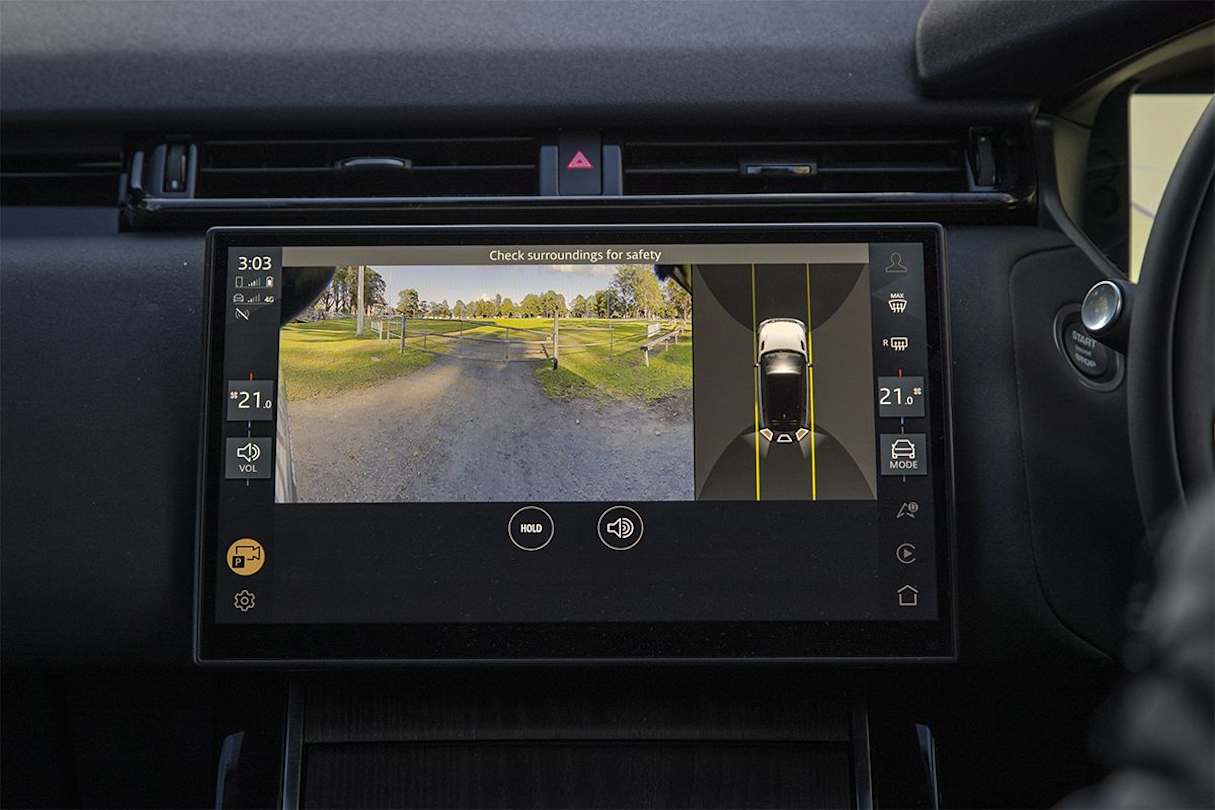
The switch between the electric and petrol components is mostly smooth and the cabin is refined because it’s so quiet. Pretty much no external noise makes its way inside.
I did a trip with my father-in-law this week and he said riding in the back seat was smooth, comfortable and very quiet. In fact, he fell asleep not long after we left! A high compliment, indeed.
The wide windows and higher ride have ensure excellent visibility but you only get a reversing camera. Yes, it’s great quality and clear but a 360-degree view system should come standard on a large SUV like this, especially considering its price tag. That being said, the P400e is still pretty easy to park.
Warranty & Safety Rating
Safety – What safety equipment is fitted? What is its safety rating?
7 / 10
The plug-in hybrid variant is not rated with ANCAP yet but features a good number of safety features, like blind-spot monitoring, driver attention alert, tyre pressure monitoring, rear collision warning, forward collision warning, AEB, DRLs, rear cross-traffic alert, lane keeping aid, traffic sign recognition, intelligent seatbelt warning, adaptive cruise control, reversing camera, as well as front and rear parking sensors.
It does miss out on lane departure warning and only has six airbags, which is low for a large SUV but all of the other safety tech seems well-tuned and not intrusive on everyday driving.
For any families, the Velar has ISOFIX mounts on the rear outboard seats plus three top tethers. You might get three seats installed if they’re not too big but two will fit best.
Ownership – What warranty is offered? What are its service intervals? What are its running costs?
9 / 10
The Range Rover Velar comes with a five-year/unlimited km warranty and the battery is covered by an eight-year/ 160,000km warranty, which is a usual term for the class now.
There is a five-year capped-price servicing program which costs a flat $2100, or $420 per service, and is more affordable than a pay-as-you-go option.
Servicing intervals are very reasonable at every 12 months or 20,400km, whichever occurs first.
You also get five years roadside assistance through Assist Australia as a part of your servicing plan.
Verdict
The Range Rover Velar P400e looks damn sexy and is large enough to house your family comfortably while still being easy to manoeuvre around town.
But I’m not a fan of these luxury brands forcing you to pay extra for what should be standard features when you’re at this grade level and price point. This is a model I’d pay close attention to in terms of the optional trims required to maintain a high-end feel.
But the powertrain works quite well here and it has pleasant on-road manners.
Pricing Guides









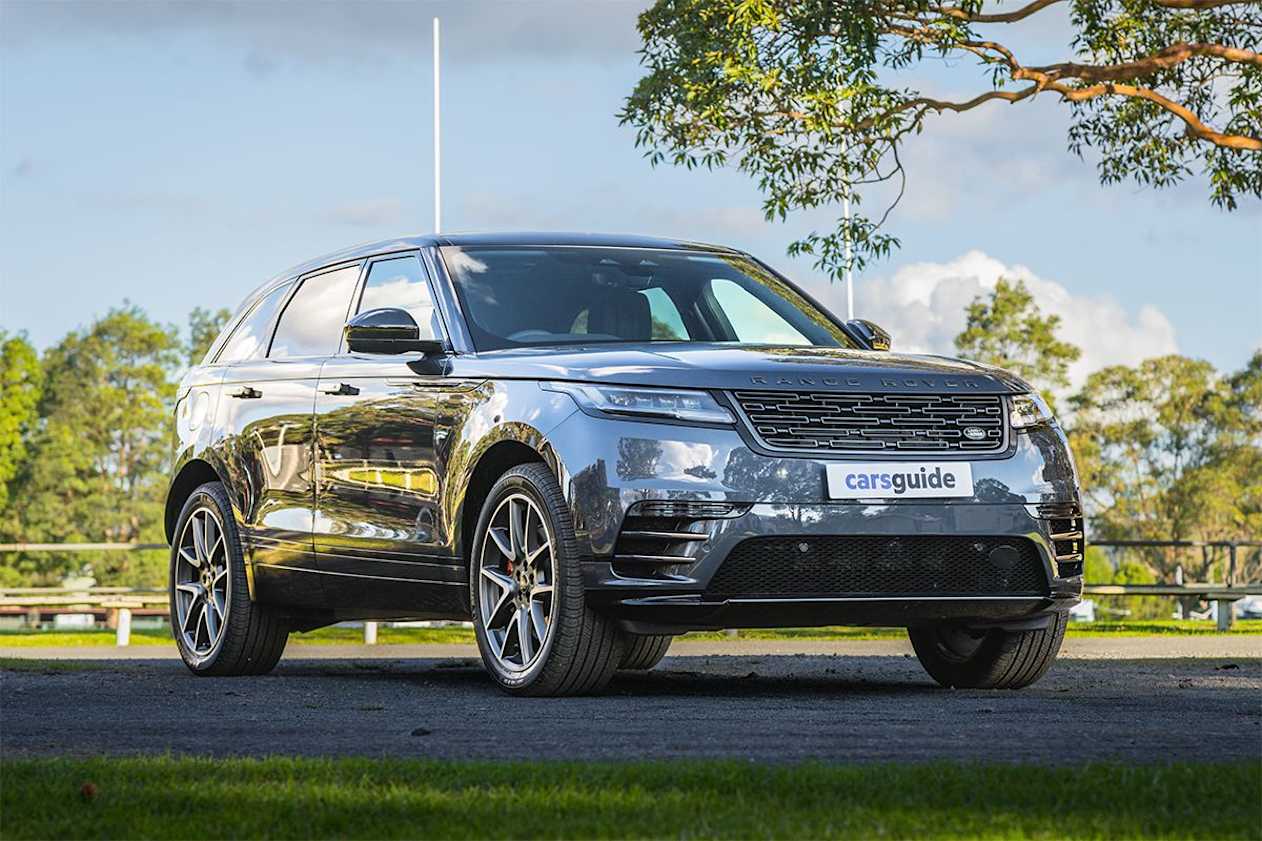
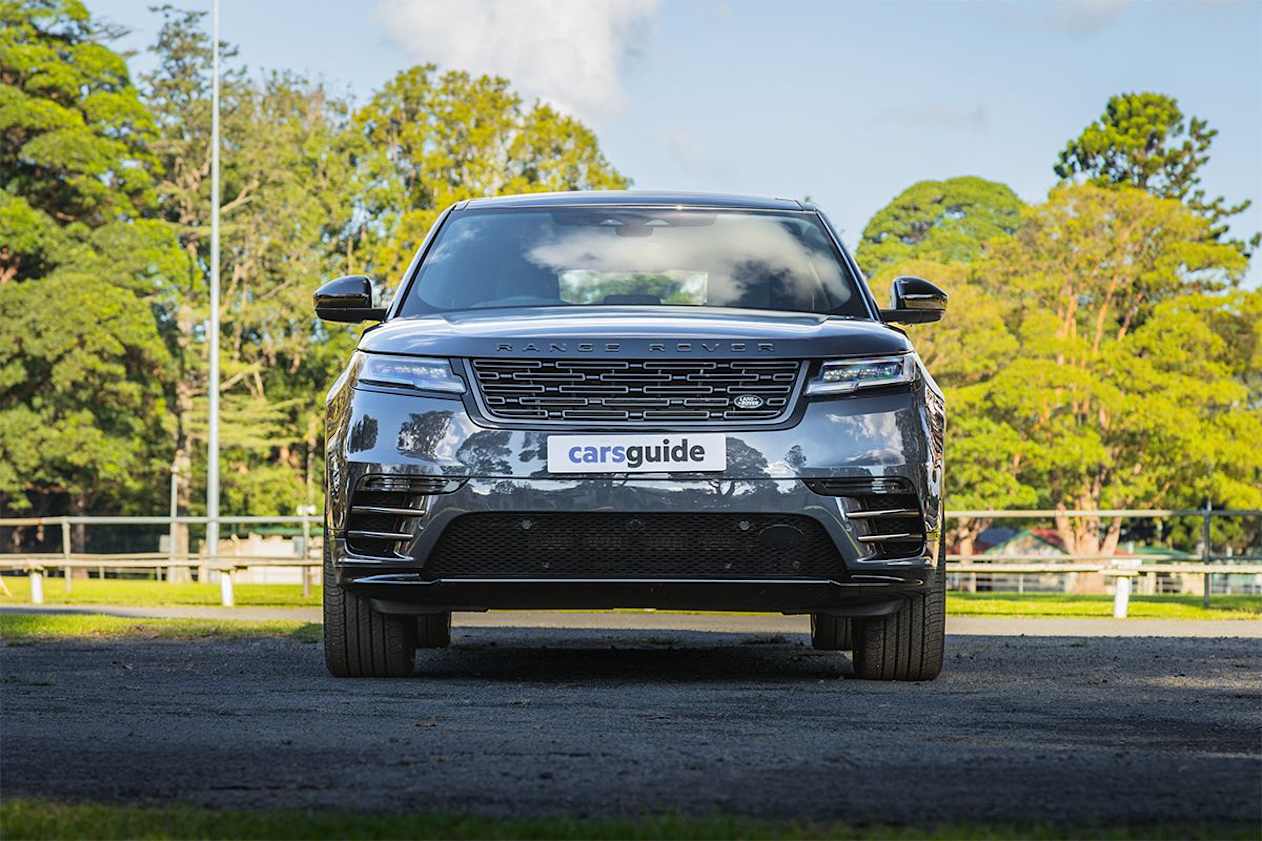






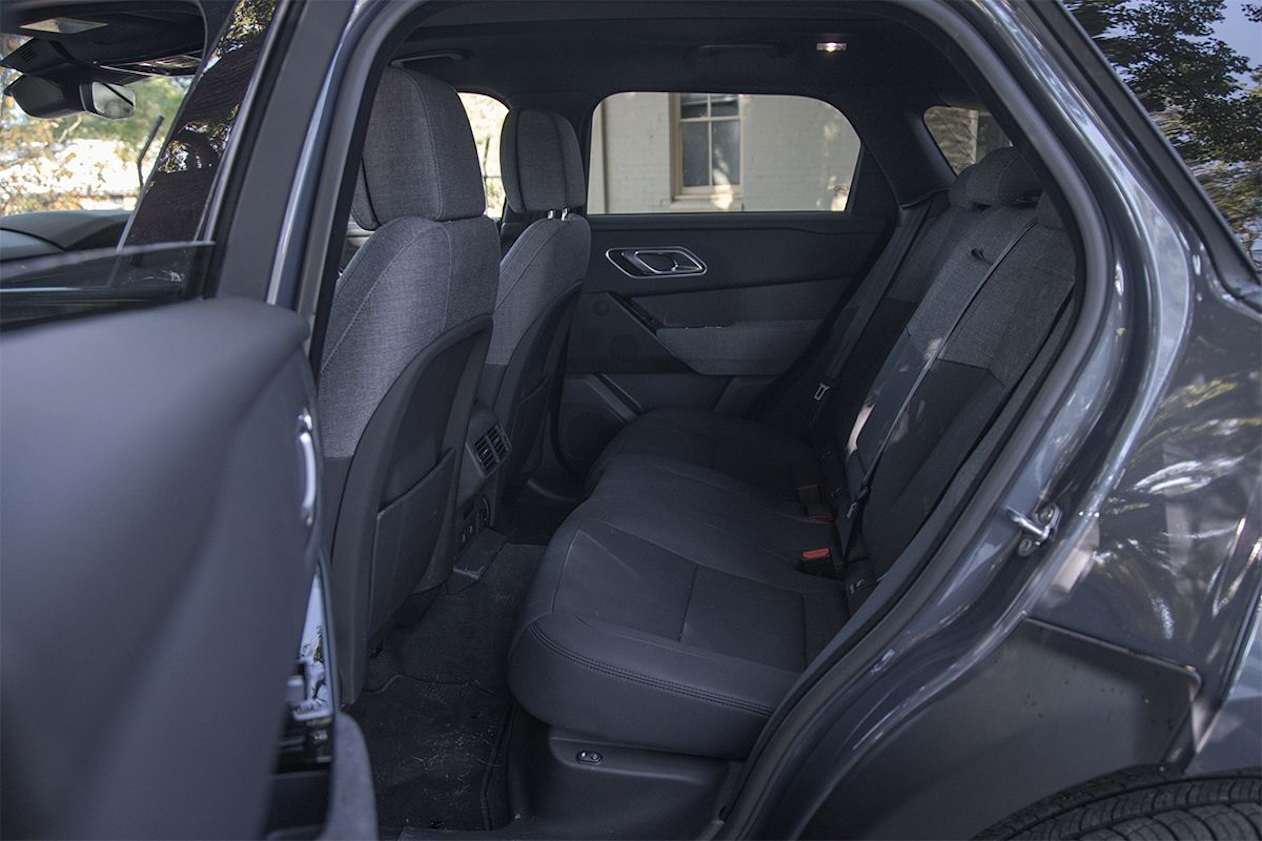


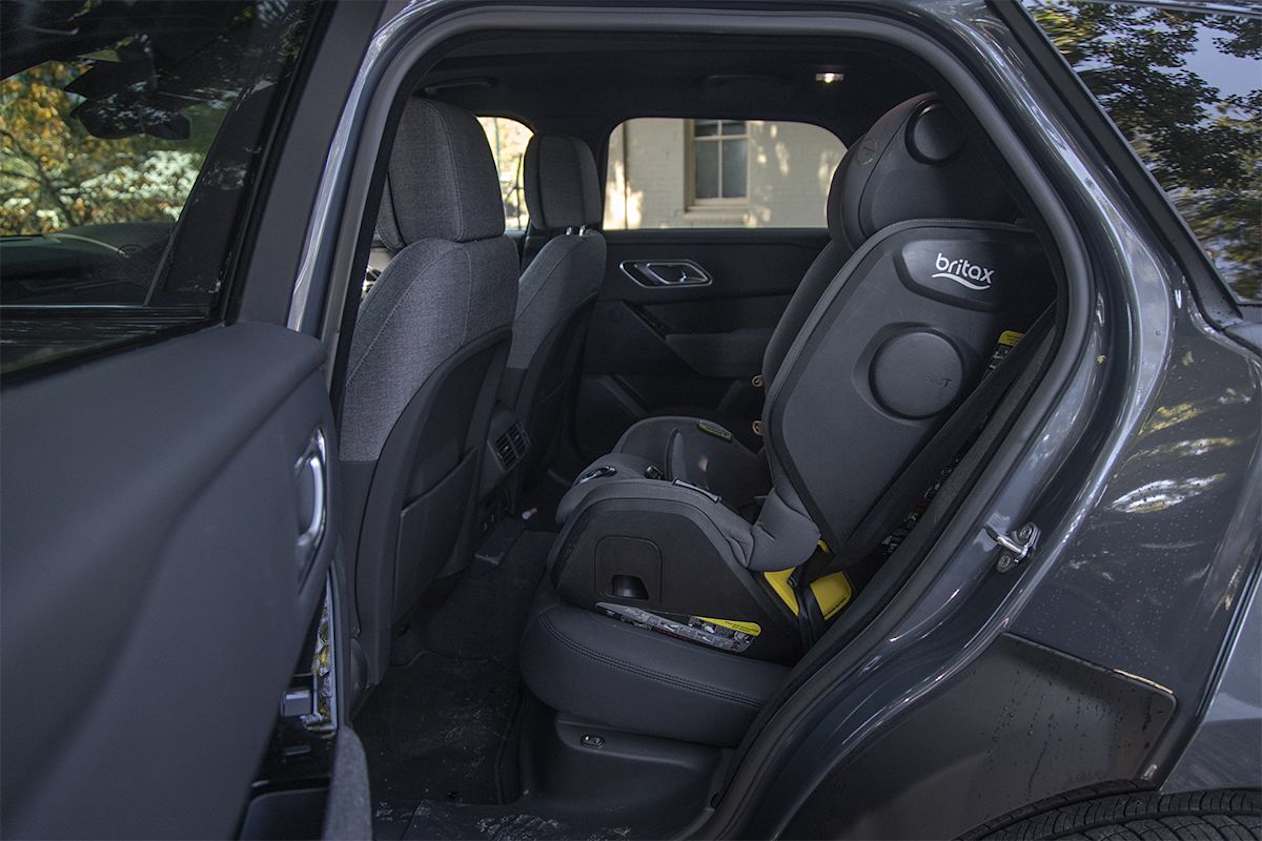























.png)






.jpg)